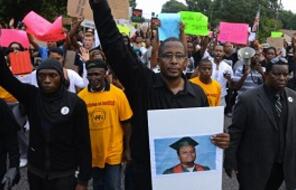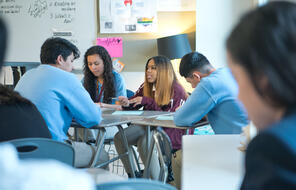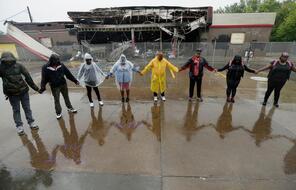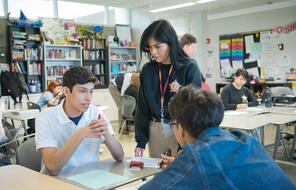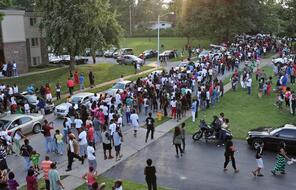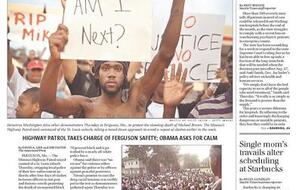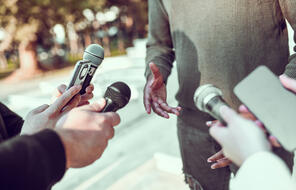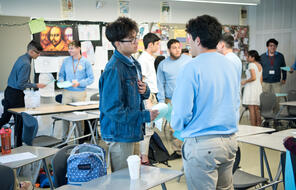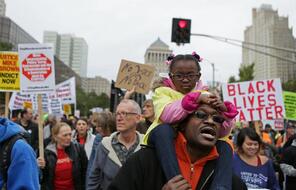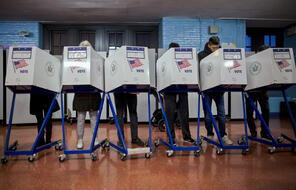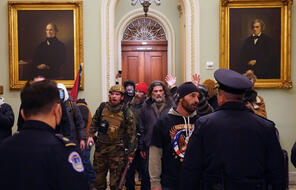
How Journalists Minimize Bias
Duration
One 50-min class periodSubject
- Civics & Citizenship
- History
- Social Studies
Grade
9–12Language
English — USPublished
Overview
About This Lesson
Bias can have a significant influence on the way we as individuals and as a community respond to troubling events that are complicated by the racial identities of the people involved. Recognizing and seeking to limit the power and inevitability of human bias is not only an indispensable component of producing quality journalism, it is also a critical skill for consumers and sharers of news and information.
This lesson begins with students experiencing firsthand the challenges of producing neutral reporting by writing a “straight news” account based on a short video. This activity is followed by a video of journalists talking about their strategies for minimizing the influence of bias in their work.
Lesson Plans
Activities
Materials and Downloads
Quick Downloads
Download the Files
Get Files Via Google
Explore the Materials
How Journalists Minimize Bias
Confirmation and Other Biases
Verifying Breaking News
Unlimited Access to Learning. More Added Every Month.
Facing History & Ourselves is designed for educators who want to help students explore identity, think critically, grow emotionally, act ethically, and participate in civic life. It’s hard work, so we’ve developed some go-to professional learning opportunities to help you along the way.
Exploring ELA Text Selection with Julia Torres
On-Demand

Working for Justice, Equity and Civic Agency in Our Schools: A Conversation with Clint Smith
On-Demand

Centering Student Voices to Build Community and Agency
On-Demand



